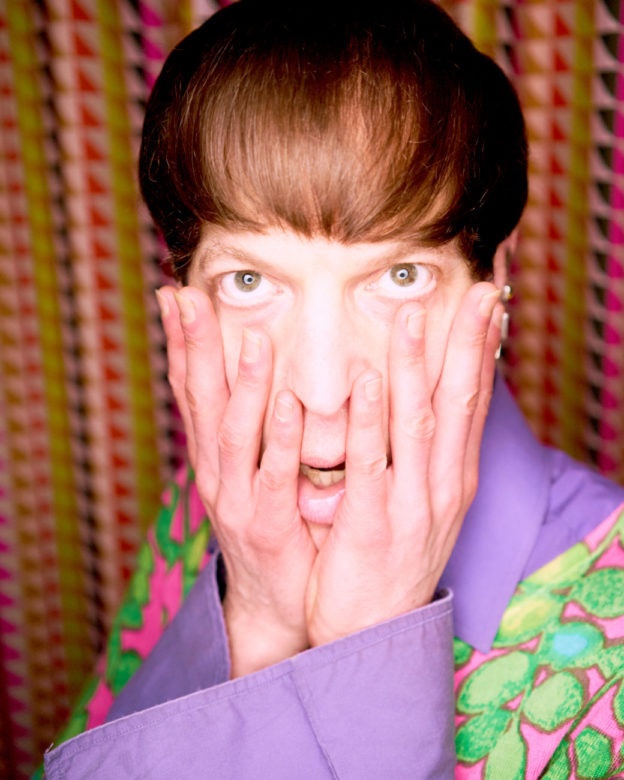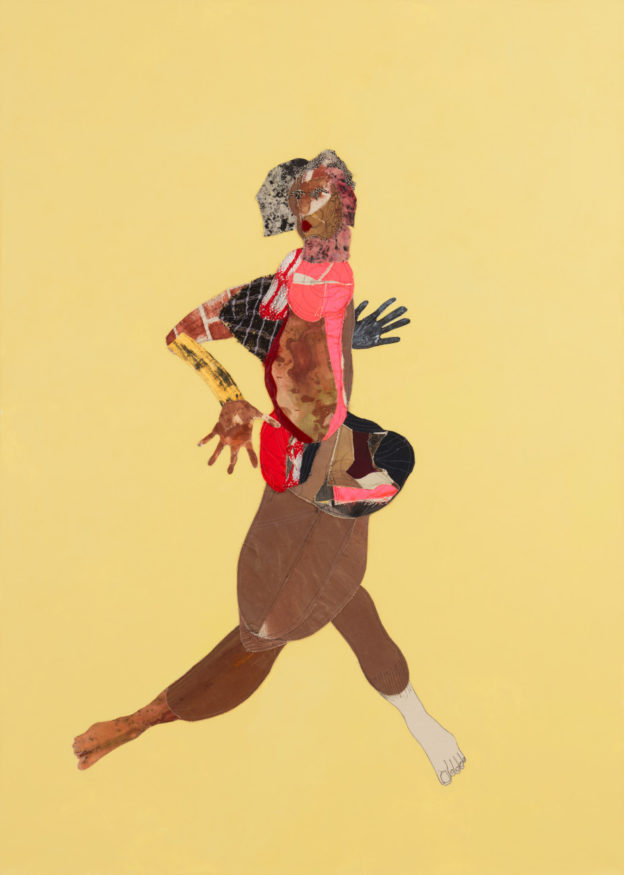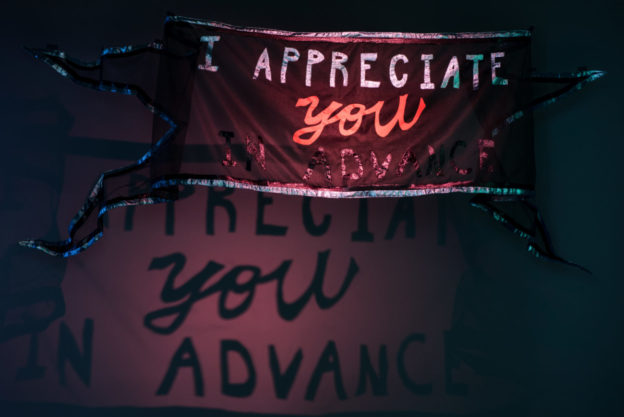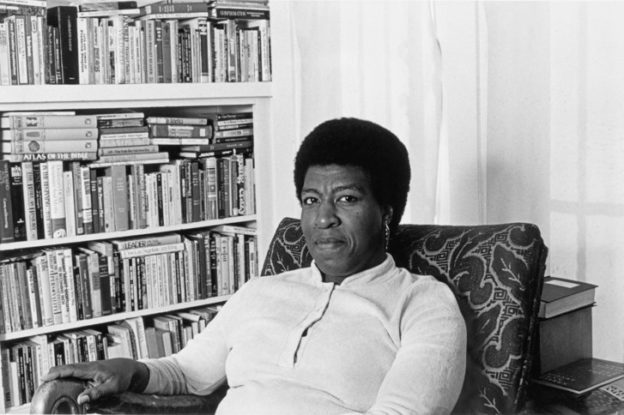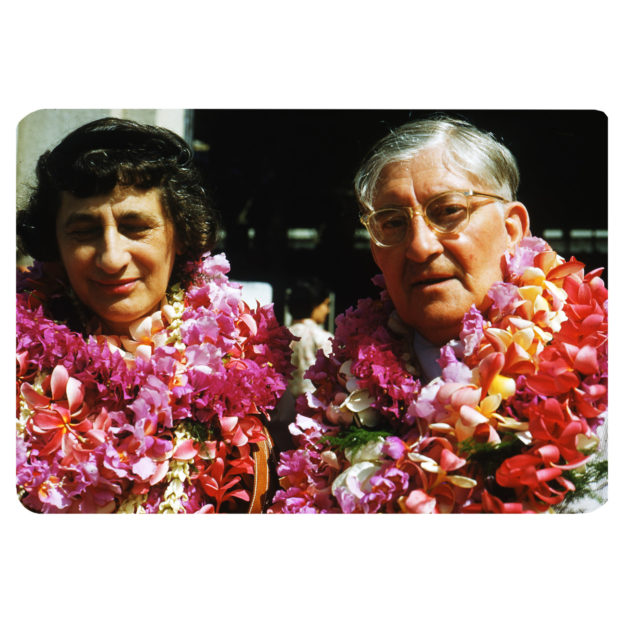There’s nothing like an election to make you feel hopeless about the possibility for political change. I pick up a magazine promising America’s Essential Recipes, and open it right up to “pork schnitzel.” I’m laughing so hard that everyone at the co-op turns around to see if they can be part of my laughter. And then I’m walking through a field of dandelions. Even if it’s really just the grass between the sidewalk and street I will take this field while I can get it.
The news is always its own trauma, but when the news of the trauma echoes into our lives, past and present at once, the open door never quite closes. Trauma as a curtain that billows around us, a wall we never quite break through. I mean trauma as a weapon. How to make oppression realize its redundancy. But oppression can never realize. Anything but oppression. How saying that something is structural means we need to take it apart or else it’s a weapon we become. — Mattilda Bernstein Sycamore, The Freezer Door
On the occasion of the publication of her new book The Freezer Door, Sycamore will join Alexander Chee—author of the essay collection How to Write an Autobiographical Novel—in conversation.
See link below to register for the online discussion.

MATTILDA BERNSTEIN SYCAMORE IN CONVERSATION WITH ALEXANDER CHEE
McNally Jackson
Tuesday, November 24.
4 pm on the West Coast; 7 pm East Coast.

From top: Mattilda Bernstein Sycamore, photograph by Jesse Mann, courtesy and © the author and the photographer; Sycamore, The Freezer Door, cover image courtesy and © the author and Semiotext(e); Alexander Chee, How to Write an Autobiographical Novel, cover image courtesy and © the author and Houghton Mifflin Harcourt; Chee (foreground left) and Ggreg Taylor at an AIDS demonstration in San Francisco, October 1989, photograph by Marc Geller, courtesy and © the author and the photographer.


